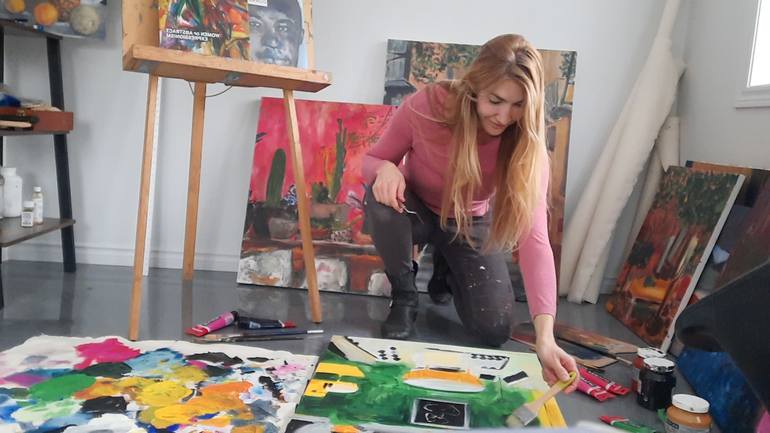Photo to Canvas Painting: A Magical Transformation
For professional photographers, capturing a perfect shot is an art form in itself. But what if your striking photographs could be converted into a timeless piece of art on canvas? The art of transforming a photo to canvas painting is a breathtaking process that results in mesmerizing masterpieces. In this piece, we dive into the intricacies of the photo to canvas painting process, making it accessible for even the most discerning photographers.

The Essence of Transformation
When you embark on the journey of converting your photographic work to canvas paintings, you are entering a world of limitless imagination. This process allows photographers to extend the life of their photos, providing them with a tactile presence that digital copies simply can't offer. But how does this transformation occur?
Among the popular methodologies is utilizing skilled artists, who specialize in photo-realistic painting. Armed with talent and precision, they scrutinize every detail of your photo to ensure that each element is replicated on the canvas as it should be.
The Artistic Process Begins
The transformation from photo to canvas starts with a strategic analysis of the original photograph. This step is crucial, as it identifies key elements such as light, shade, color schemes, and the emotive essence contained within the photograph. This reference is used to handcraft a masterpiece, transforming the digital into the classic.
Techniques of Transference
One nifty technique adopted in this transformation is 'grid transferring', allowing artists to scale images accurately from the photo onto the canvas. Another method involves using complex technology to project the image directly onto the canvas for detailed painting.
This process not only offers boundless creativity but also the opportunity for photographers to collaborate with artists, shaping the artistic vision as they see fit. As explored in turn a family photo into art, this fusion of skills means the photo to canvas painting process is as expressive as it is technical.
Choosing the Right Canvas and Medium
The choice of canvas and paint medium plays a fundamental role in the final artwork. Common choices include oil and acrylic paints, each offering different textures and finishes. Professional photographers will appreciate how these nuances contribute to the look and feel of the final piece.
The canvas's texture and weight are also vital considerations. Choosing a high-quality canvas ensures durability and enhances the textures, creating depth and dimension.
Personalization and Perfection
One advantage of transforming a photograph into a painting is personalizing and tweaking elements. Whether opting for realistic, abstract, or impressionistic representation, there is an option to adjust features that may not have been captured perfectly by the camera. This opportunity is discussed in photo collage painting techniques, where creativity meets craftsmanship.
By tailoring elements, such as enhancing colors or altering backgrounds, you create a one-of-a-kind artwork that reflects both photographic brilliance and artistic flair.
The Final Touch: Sealing and Preservation
Once your photograph is transformed into a painting, it's important to protect the masterpiece. Adding a protective finish will seal in the vibrancy of the artwork while offering protection against environmental elements such as dust and UV light.
Photographers embarking on this creative journey should consider collaborating with experts in the field who understand the delicate interplay between photography and painting. Check out painting from photographs for more insights into this artistic endeavor.

FAQs
1. What is the average time required to convert a photo to canvas painting?
The time frame can vary greatly depending on the complexity and size of the project. On average, it might take anywhere from weeks to months, ensuring that each detail is meticulously captured.
2. Can colors in the photograph be enhanced during painting?
Yes, one of the significant advantages of this process is the ability to adjust and enhance colors, providing livelier hues or adapting the color palette to the client's preferences.
3. How does one choose the right artist for this transformation?
Look for an artist with a proven track record, portfolios showcasing similar projects, and someone who is willing to understand and incorporate your vision into the painting process.

